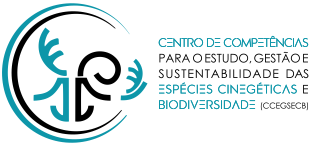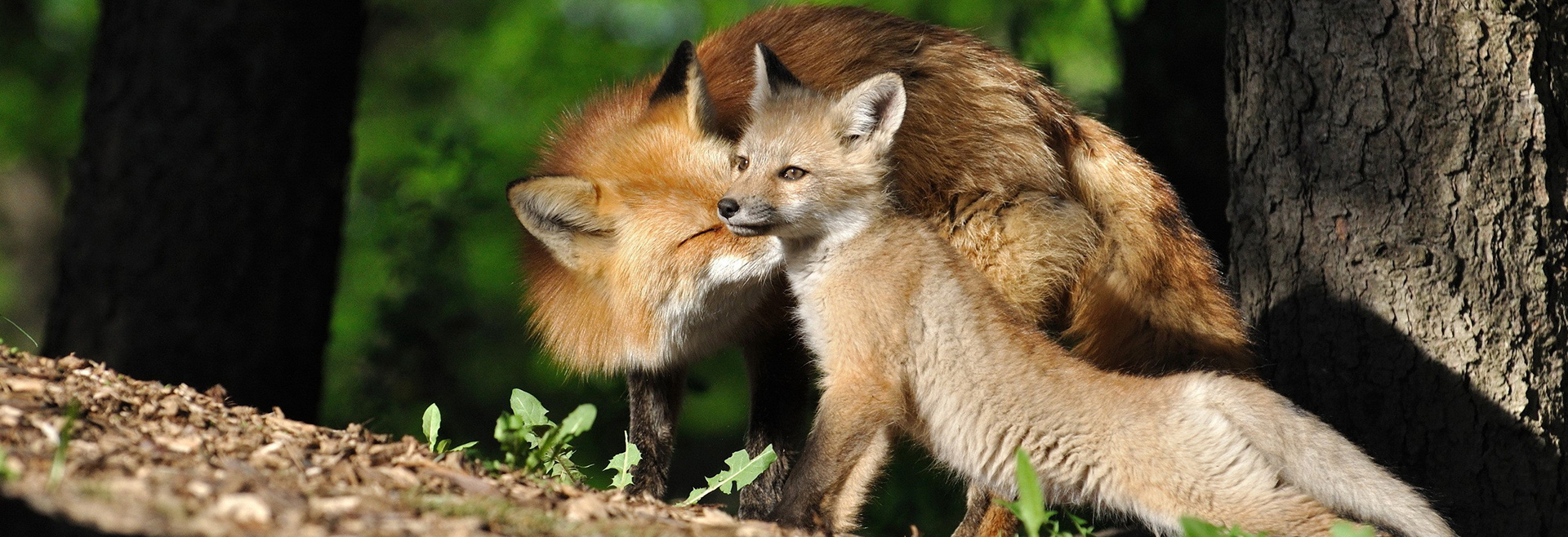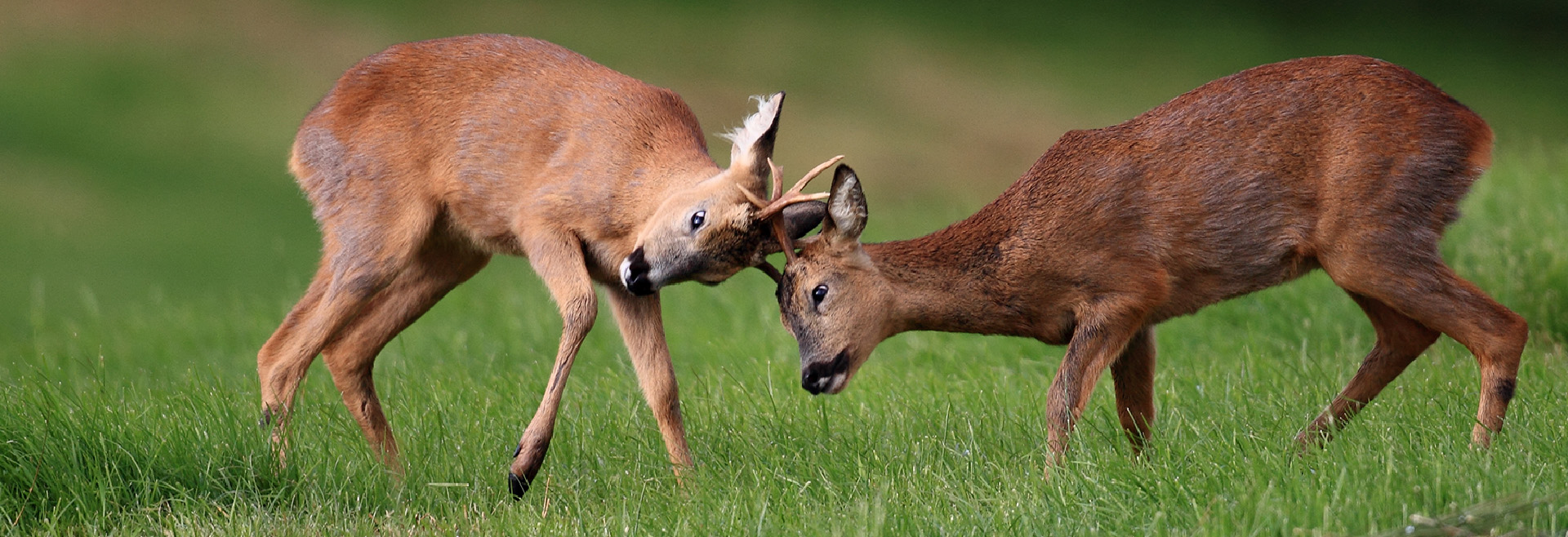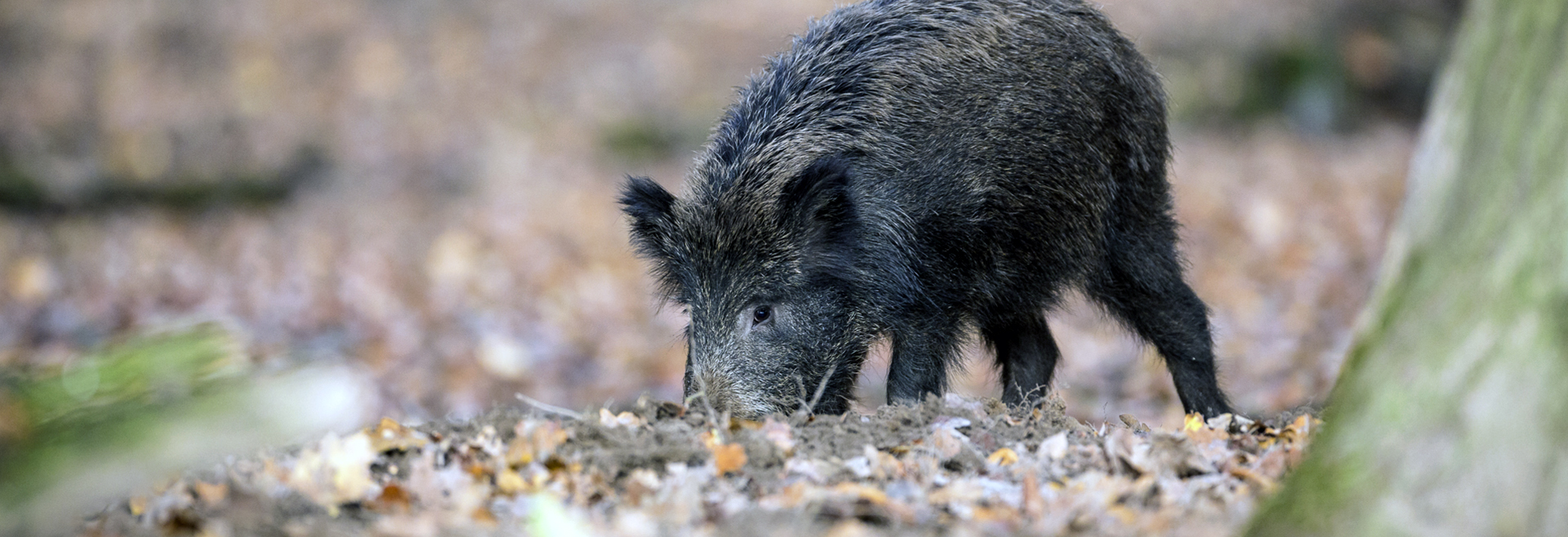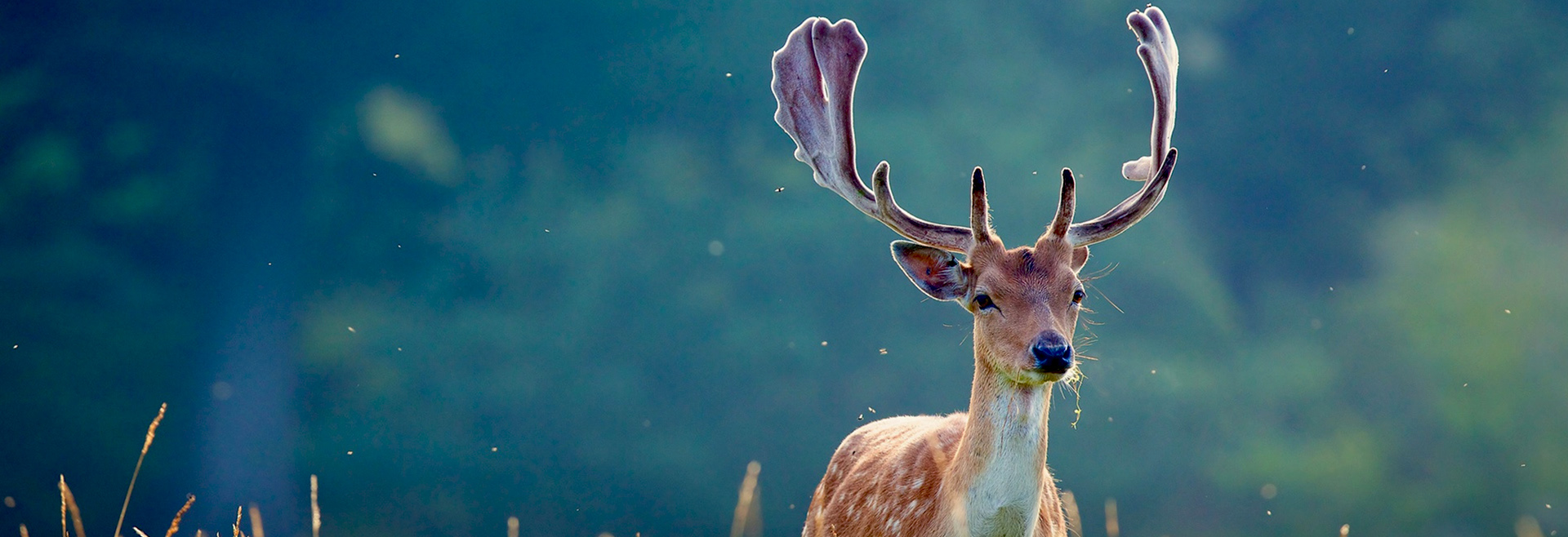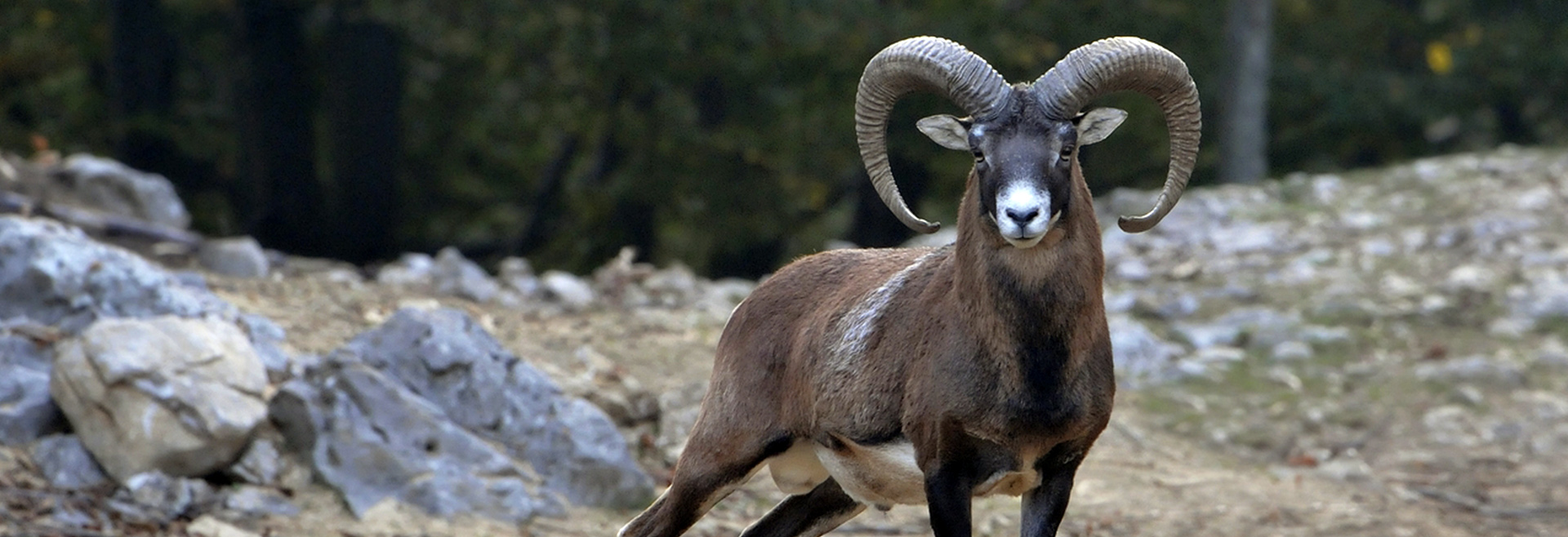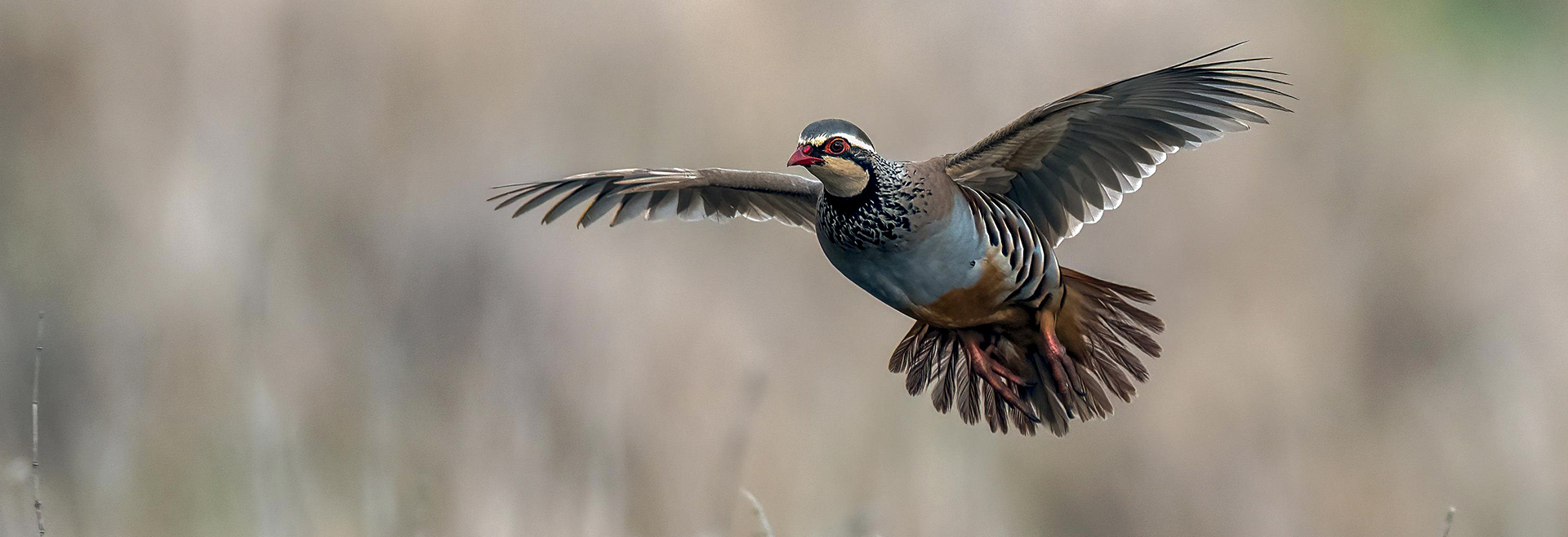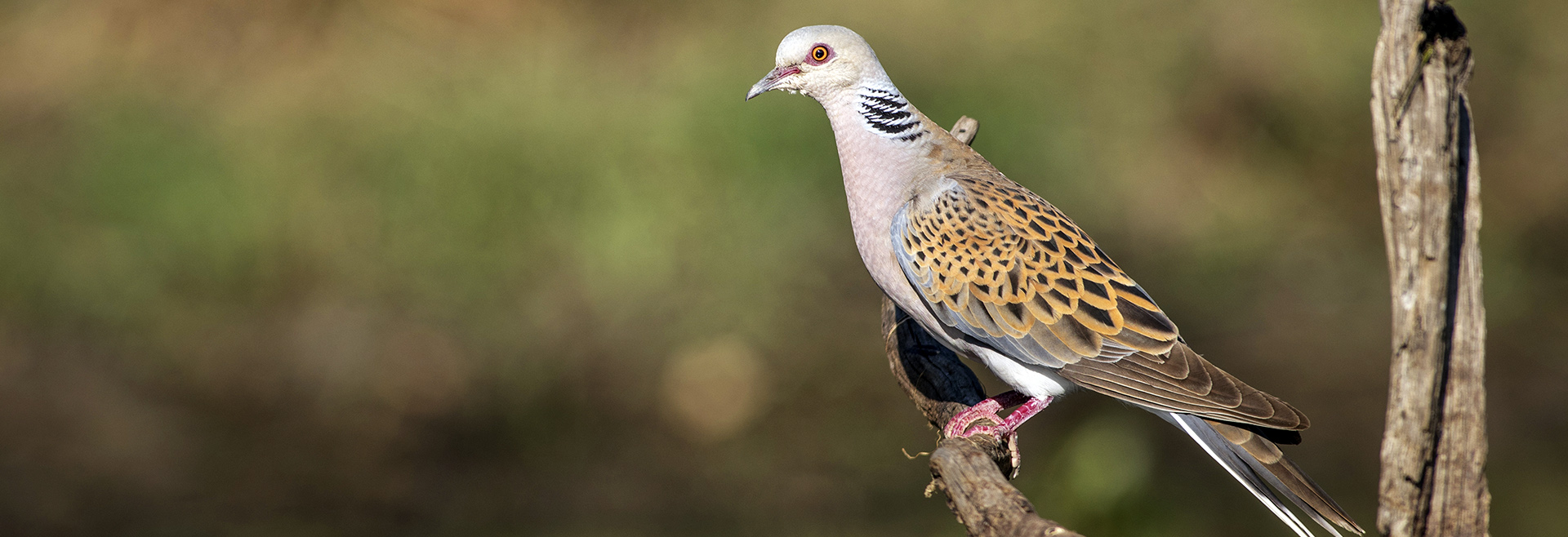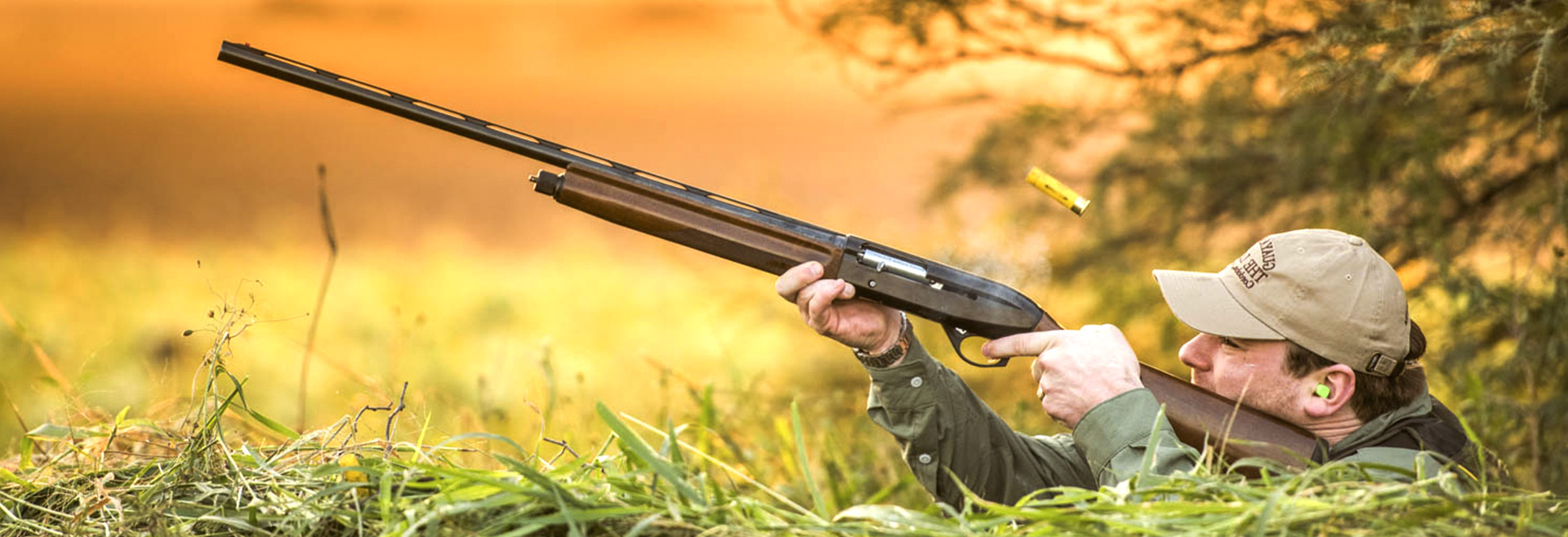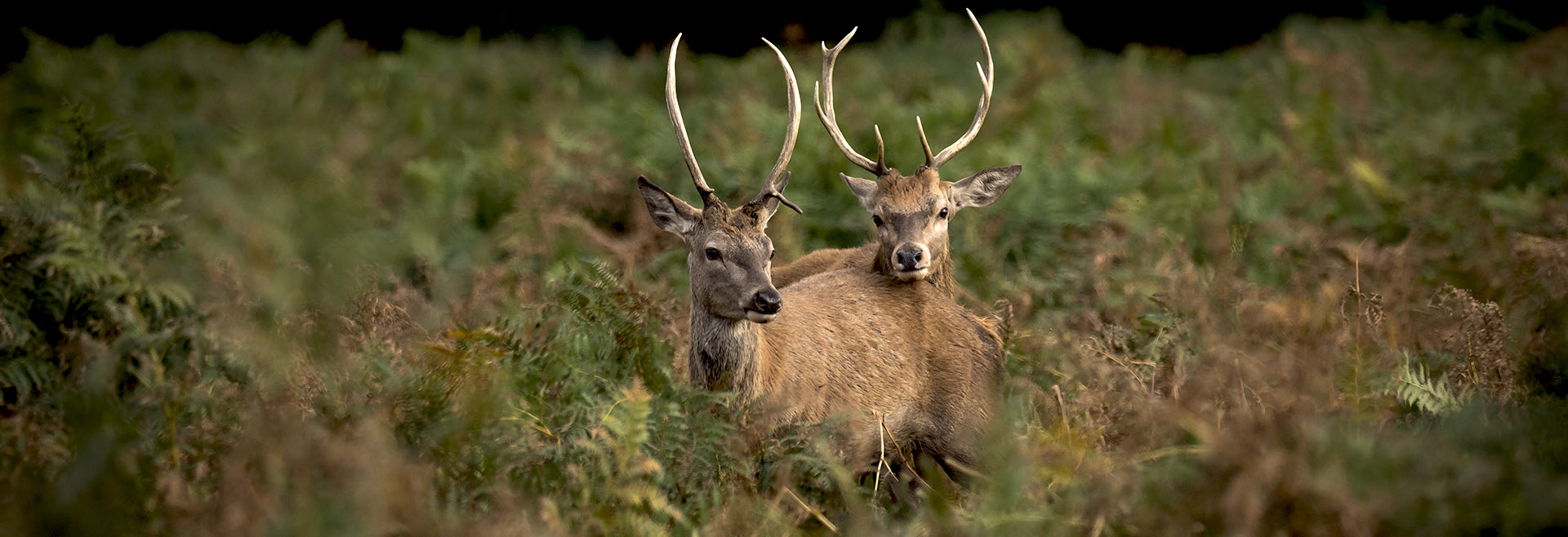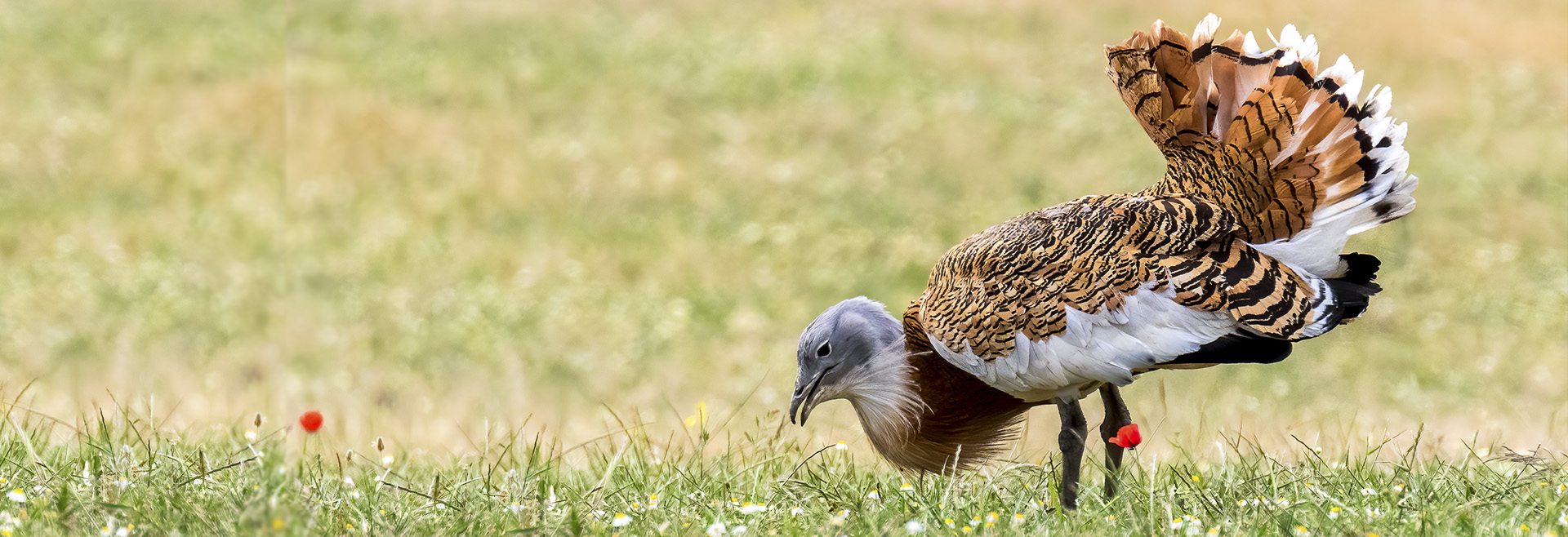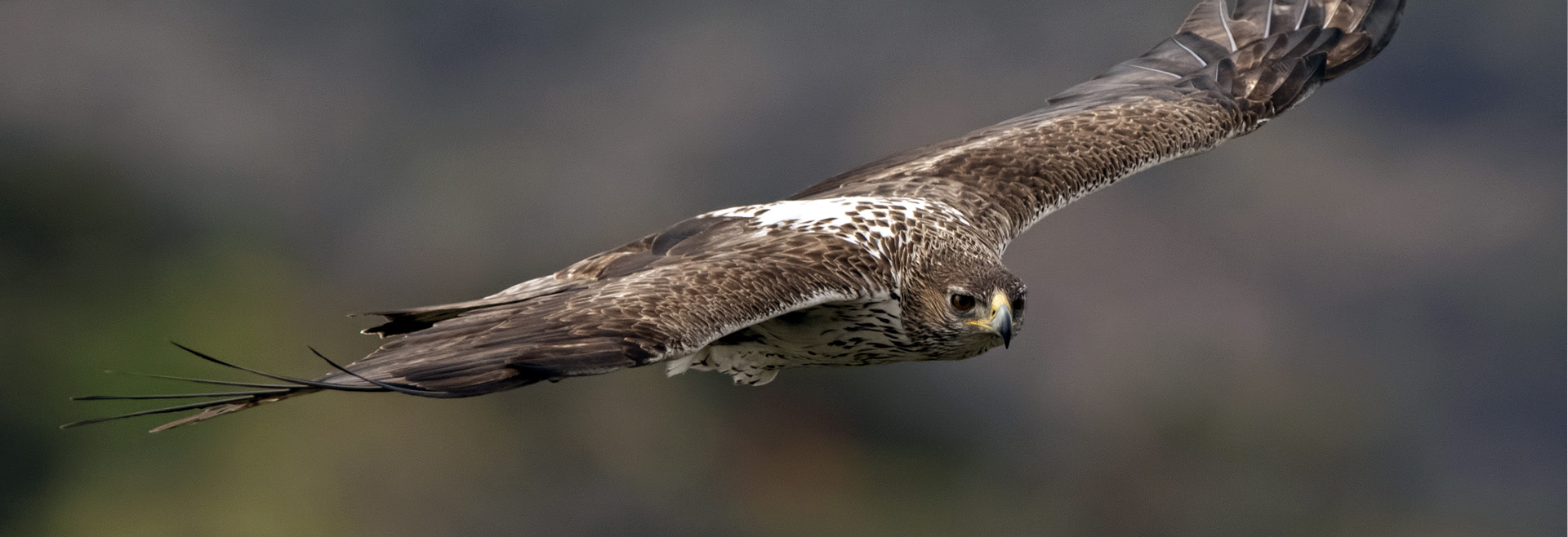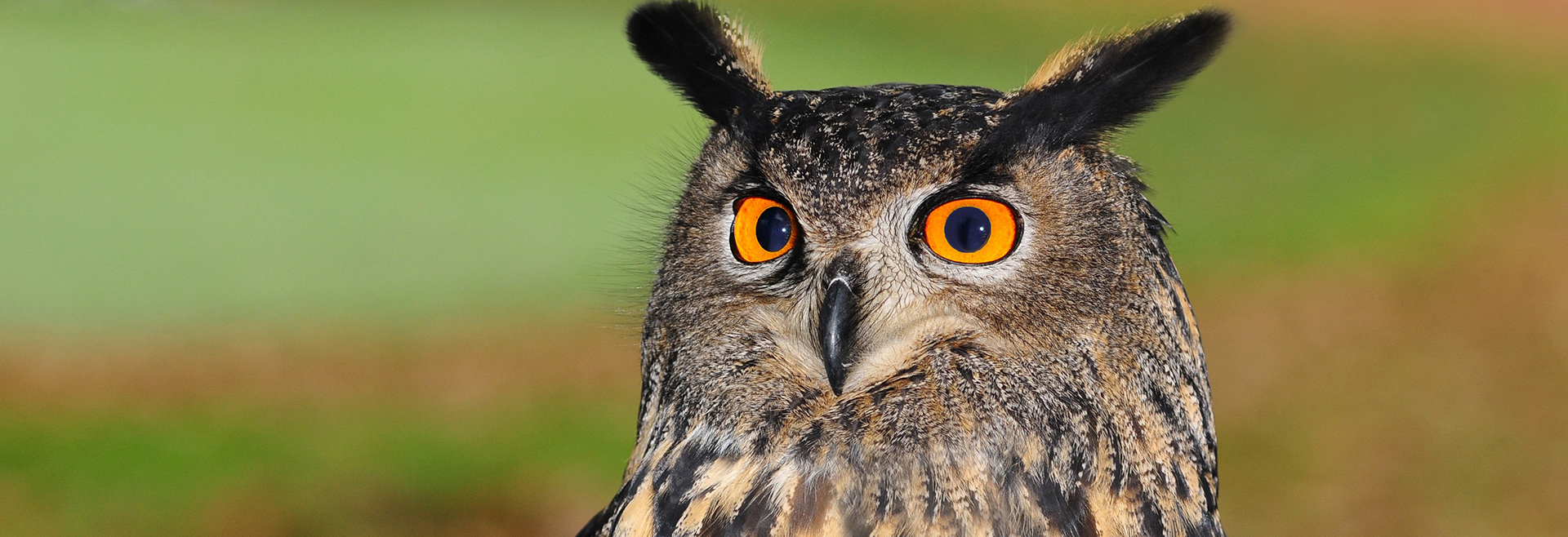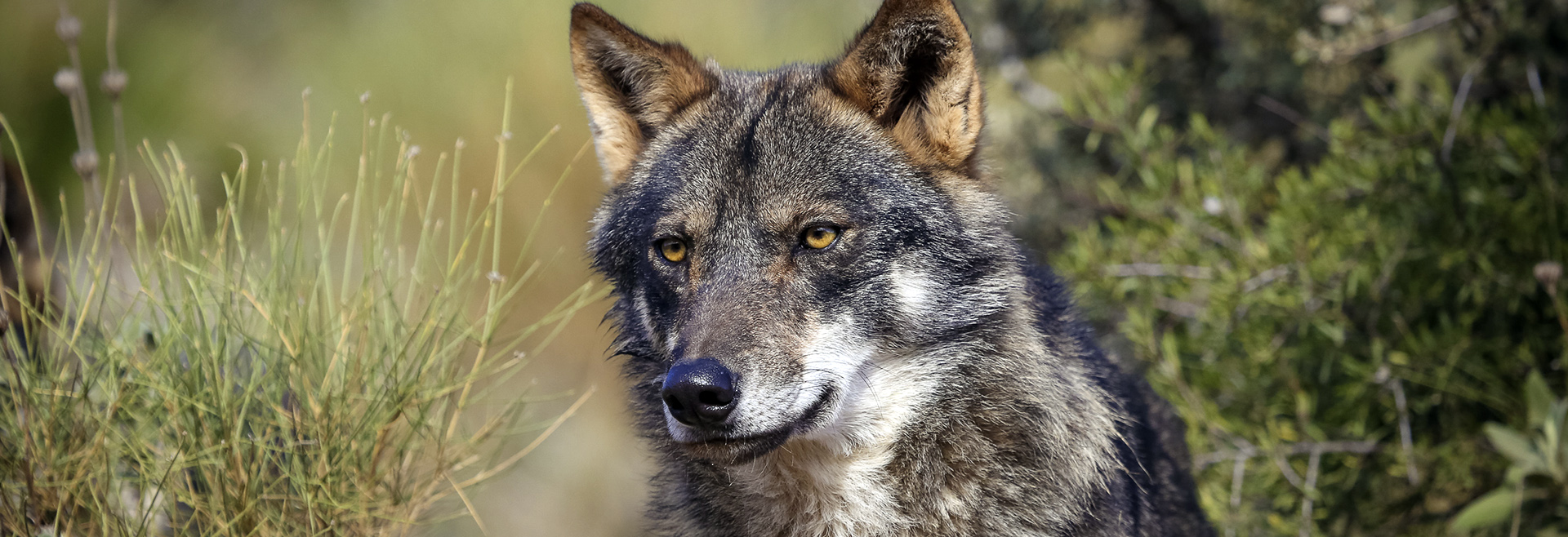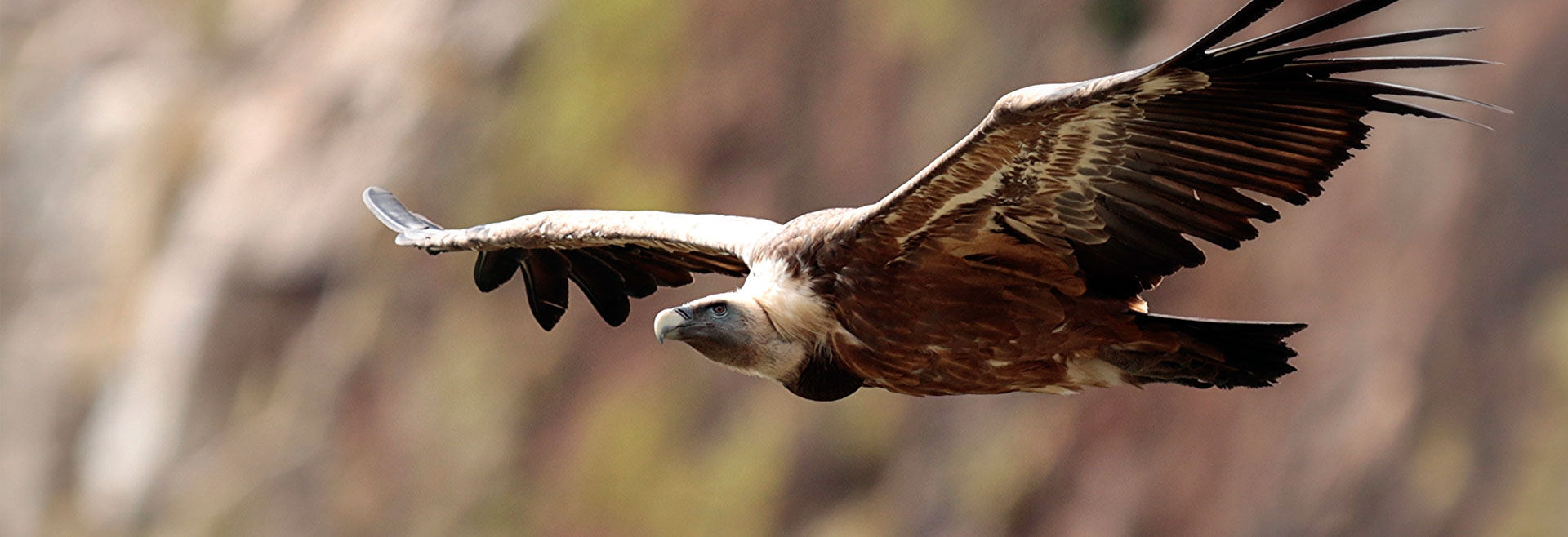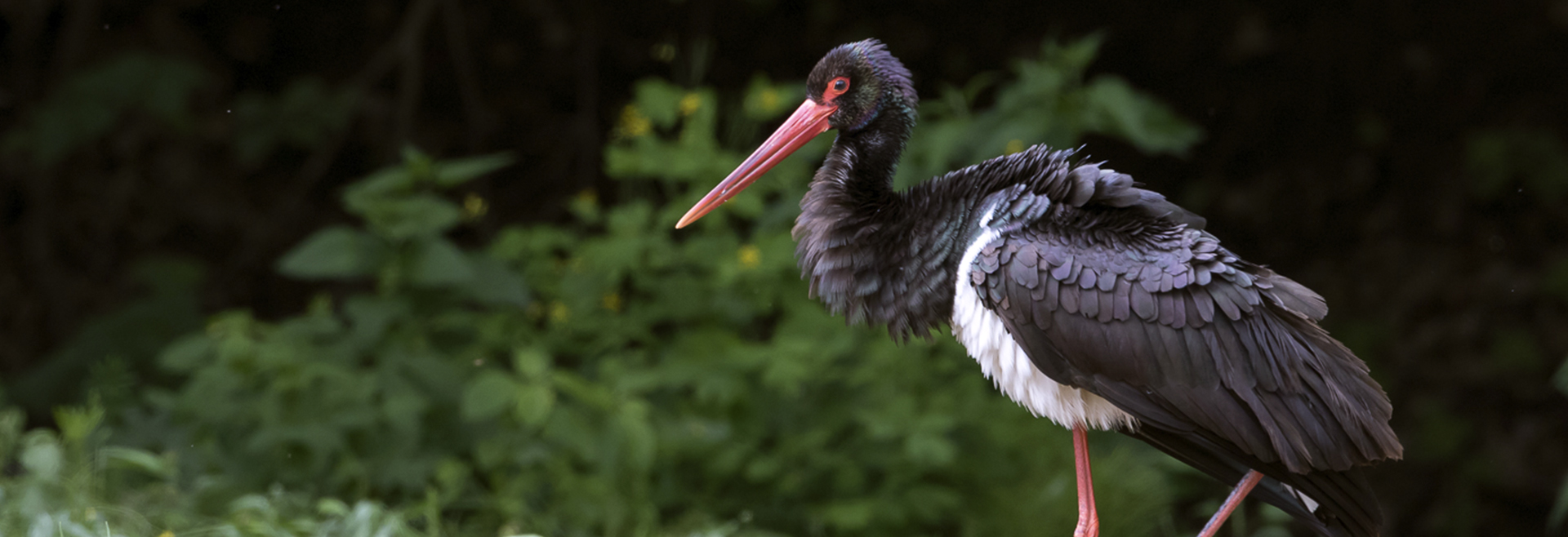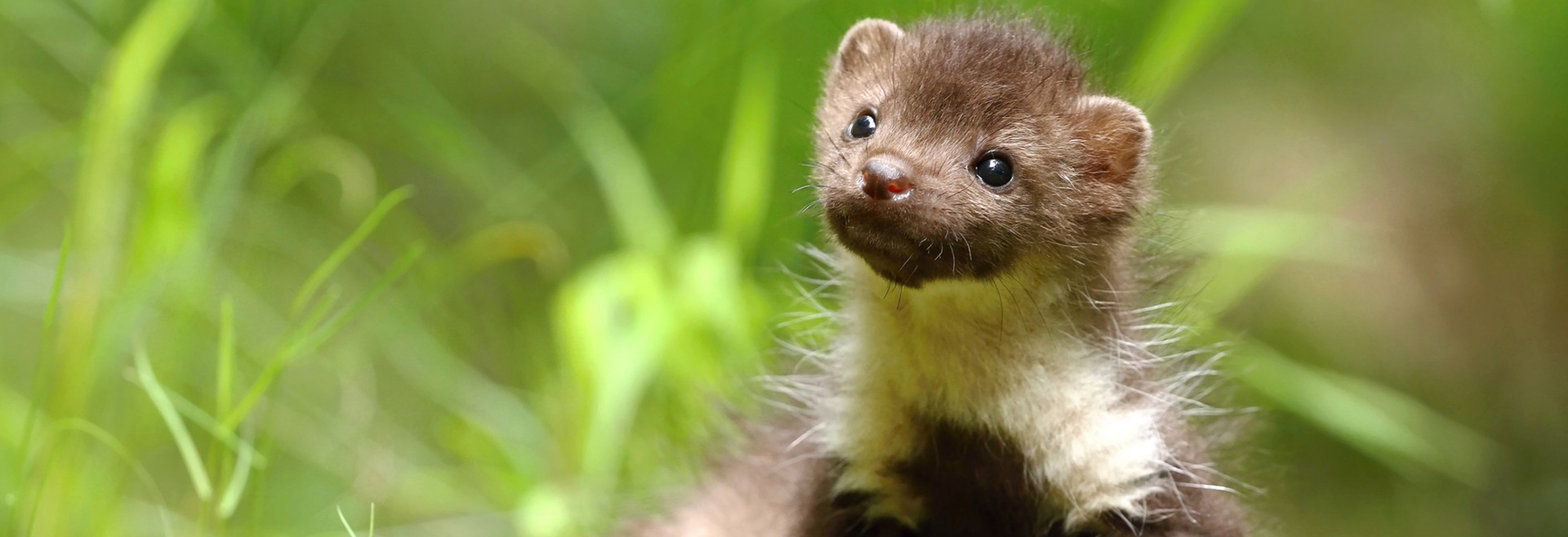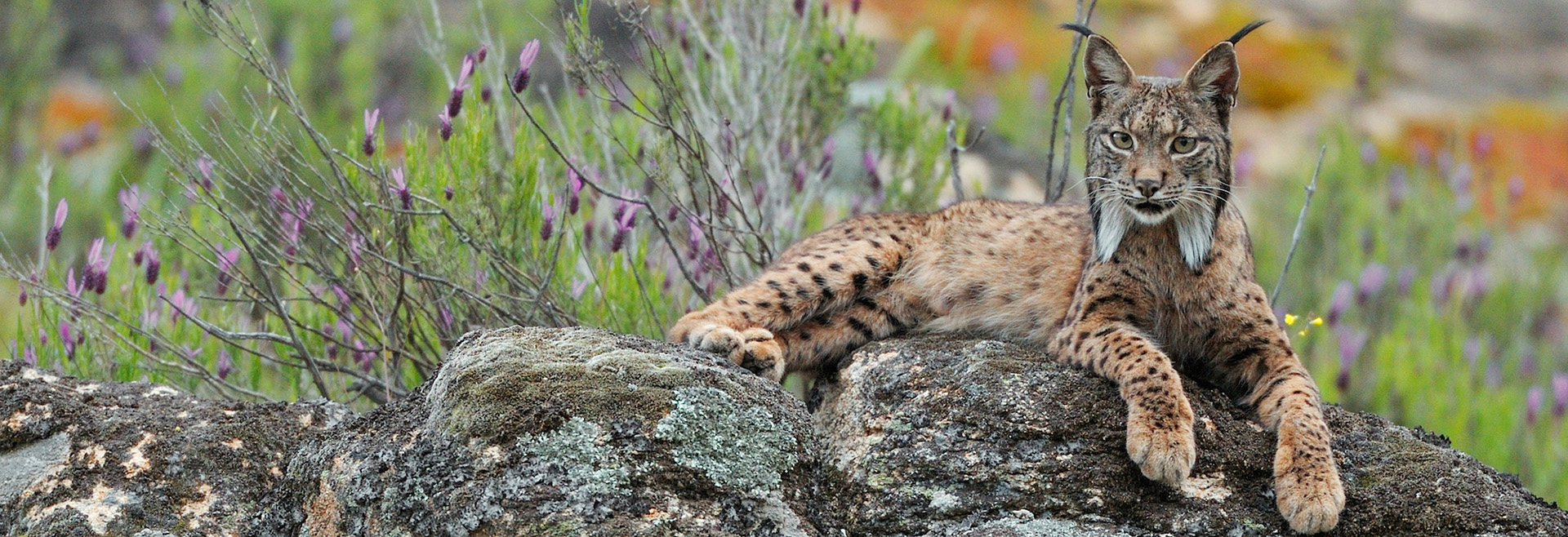Diet footprint of Egyptian mongoose along ecological gradients: effects of primary productivity and life history traits
-
RevistaMammalian Biology
-
Volume e Páginas88, 16-25
The Egyptian mongoose (Herpestes ichneumon Linnaeus, 1758) is an expanding species, whose presence in Europe is restricted to its western extreme. Mongooses are generalist and opportunistic carnivores which is reflected by their anatomical features and nutritional preferences. With the purpose to fully characterize mongoose diet and ascertain if game species overlap within the guild of consumed food items, a total of 122 stomach contents of animals resulting from hunting activities and accidental road kills from seven provinces of mainland Portugal were identified. In order to identify which factors influence the nutritional requirements and food preferences of the Egyptian mongoose, several individual parameters (body condition, spleen weight, age class, fat levels and sex) were related with bio-ecologic features, as seasonality, region, habitat primary productivity, climate, human disturbance and environmental conditions. The results suggested that the diet of the Egyptian mongoose is mainly composed of mammals. Mammals and amphibians were predominant in males’ stomach contents, while reptiles and invertebrates overlapped other food categories in females’ diet. Diet (food categories) variations across age groups were registered. The consumption of prey also varied throughout the year, according to availability and mongoose energy uptake needs, with a higher consumption of more energetic prey during the breeding season. Mongooses consumed more mammals and reptiles in areas with higher primary productivity. Our data thus suggest that the consumption of reptiles, predominantly by females, results in heavier spleens, possibly driving to greater investment in immunity and better animal performance during the breeding period. In a general way, the obtained results suggest that mongooses do not exclusively focus their diet on game species although this does not necessarily mean a low impact of this carnivore on game species.
-
Palavras-chaveHerpestes ichneumon; Iberian Peninsula; Biomass consumed; Stomach contents; Trophic ecology
